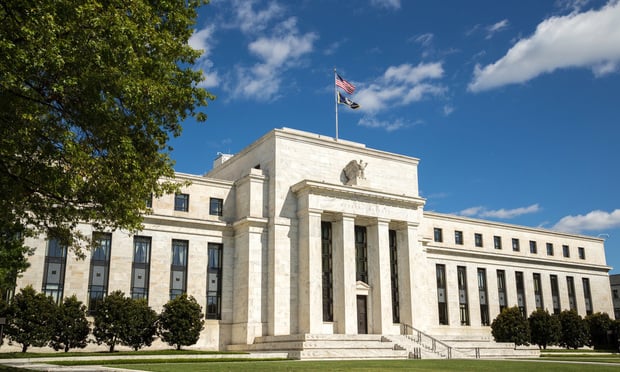NEW YORK CITY—The last few weeks have been challenging for many New York City landlords, particularly the owners of residential buildings, due to their concern that Mayor de Blasio's policies will make it more difficult for them to profitably operate their properties. One of the Mayor's first statements after being elected was to call for a rent freeze for the one million tenants in rent stabilized apartments, which was followed by statements that the wealthy should pay higher taxes and last week's unveiling of a deficit ridden Budget for the City. Landlords believe that their real estate tax, which is the only tax the Mayor can raise, will climb substantially in order to pay for his programs. The increased taxes together with higher water and sewer charges, insurance, fuel costs and the cost of complying with unfunded mandates issued by New York City, together with attempts to have the City government obtain control over the rents paid by New York City residents and the politics of the newly appointed members of the Rent Guidelines Board, are likely to squeeze landlord's profit margins and, in many instances, give them a negative return.
Many landlords are weighing their options: riding out the populist movement and hope that many of the Mayor's initiatives will not see the light of day; sell their properties at their current value and take the capital gain while it is still available before tax reform eliminates the favorable treatment; or convert their buildings to condominiums and learn what John Jacob Astor realized a hundred years ago when he started breaking up the large estates in Manhattan and selling pieces: the sum of the parts is greater than the value of the whole. What is happening today is reminiscent of the early 1980s, when landlords, hurt by rising expenses and limited rent increases under rent control and rent stabilization, converted thousands of buildings to cooperatives and sold the apartments to the tenants for more than the buildings could generate in a sale to another investor or landlord.
Although the Mayor has offered the real estate industry incentives to increase the number of housing units that can be built on certain sites and the Mayor's desire to have more housing developed for low and moderate income families, many developers will not be able to take advantage of the incentives because the land and labor costs are so high and the construction lenders are so nervous about the ability to have their loans repaid, that it will be difficult for the Mayor to achieve his goal unless he can also arrange for lower land costs and construction financing. As previously discussed in my columns, these were issues that were addressed in the late 1960s and early 1970s by the Mitchell-Lama Program.
For decades, fewer units of housing have been built in New York City than are needed, which has led to the structural shortage; freezing rents will not solve the problem of housing that is too expensive. Price controls have never worked to reduce costs; only dramatically increasing the supply and that will take creative thinking.
Stuart Saft is a partner at Holland & Knight LLP. The views expressed in this column are the author's own.
Continue Reading for Free
Register and gain access to:
- Breaking commercial real estate news and analysis, on-site and via our newsletters and custom alerts
- Educational webcasts, white papers, and ebooks from industry thought leaders
- Critical coverage of the property casualty insurance and financial advisory markets on our other ALM sites, PropertyCasualty360 and ThinkAdvisor
Already have an account? Sign In Now
© 2024 ALM Global, LLC, All Rights Reserved. Request academic re-use from www.copyright.com. All other uses, submit a request to [email protected]. For more information visit Asset & Logo Licensing.








